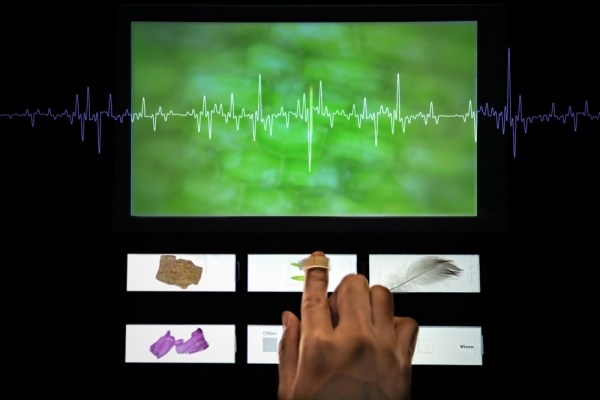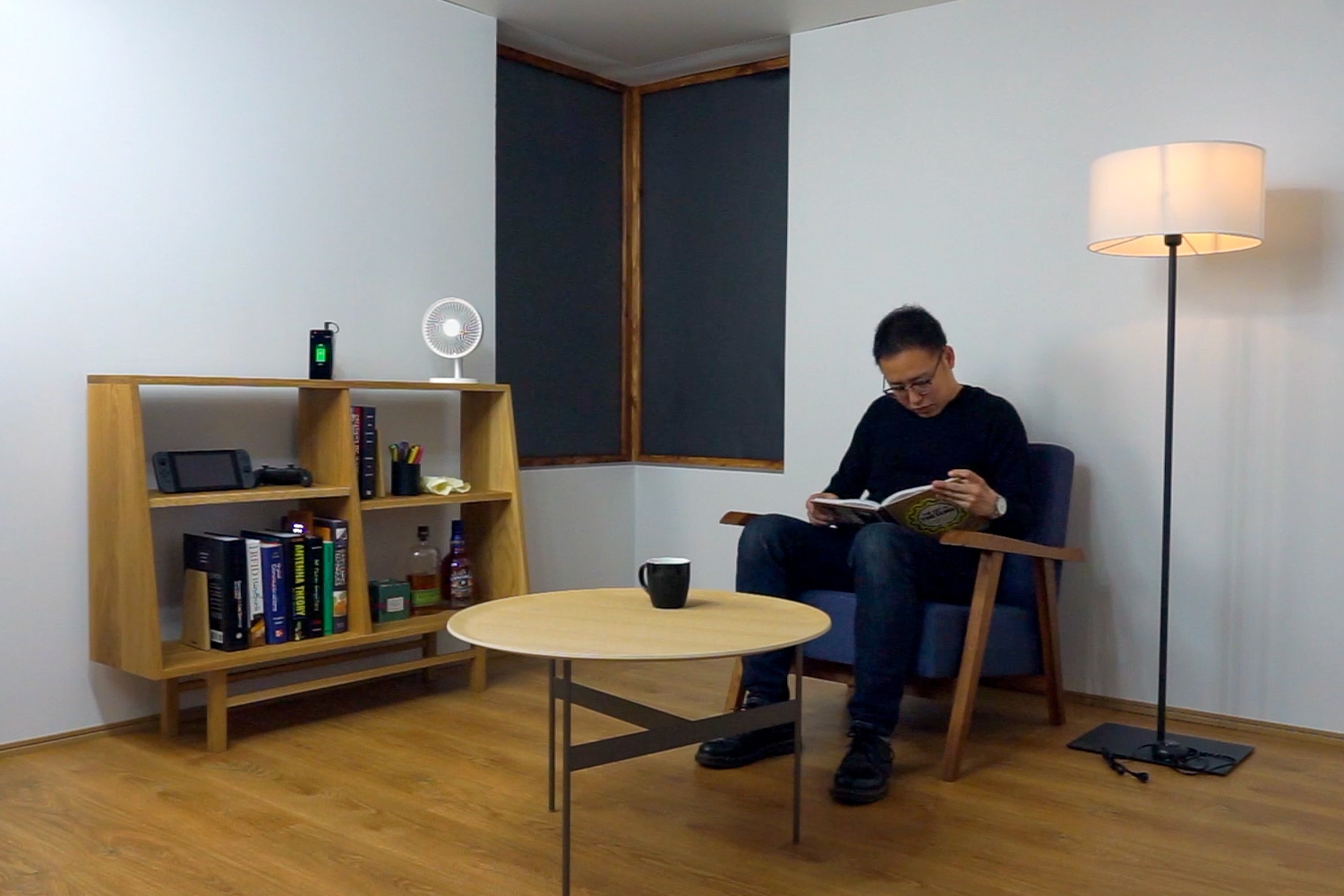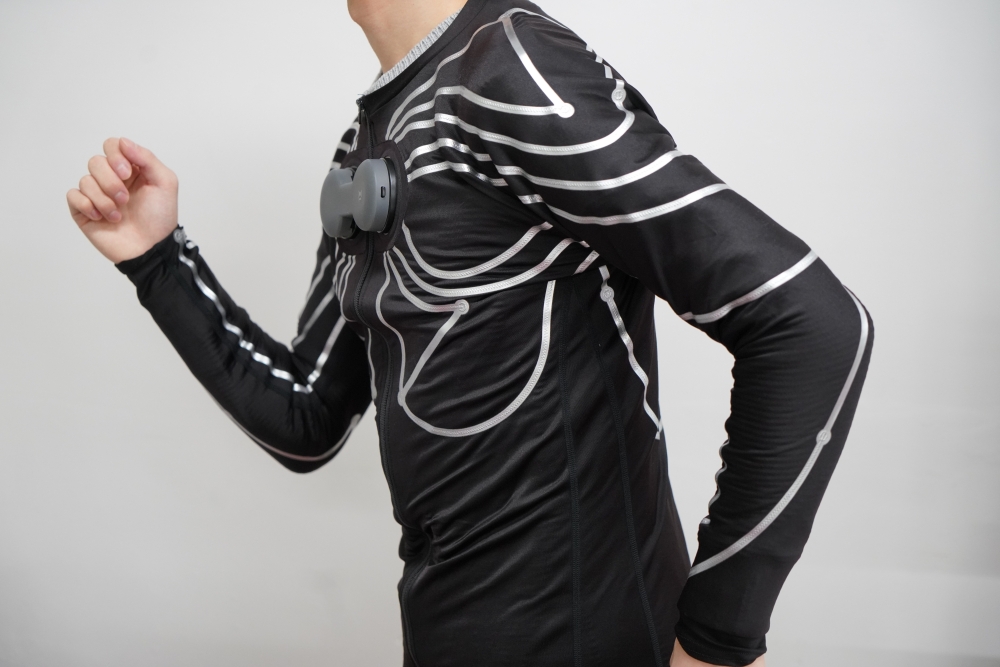UTokyo to exhibit at Science Agora
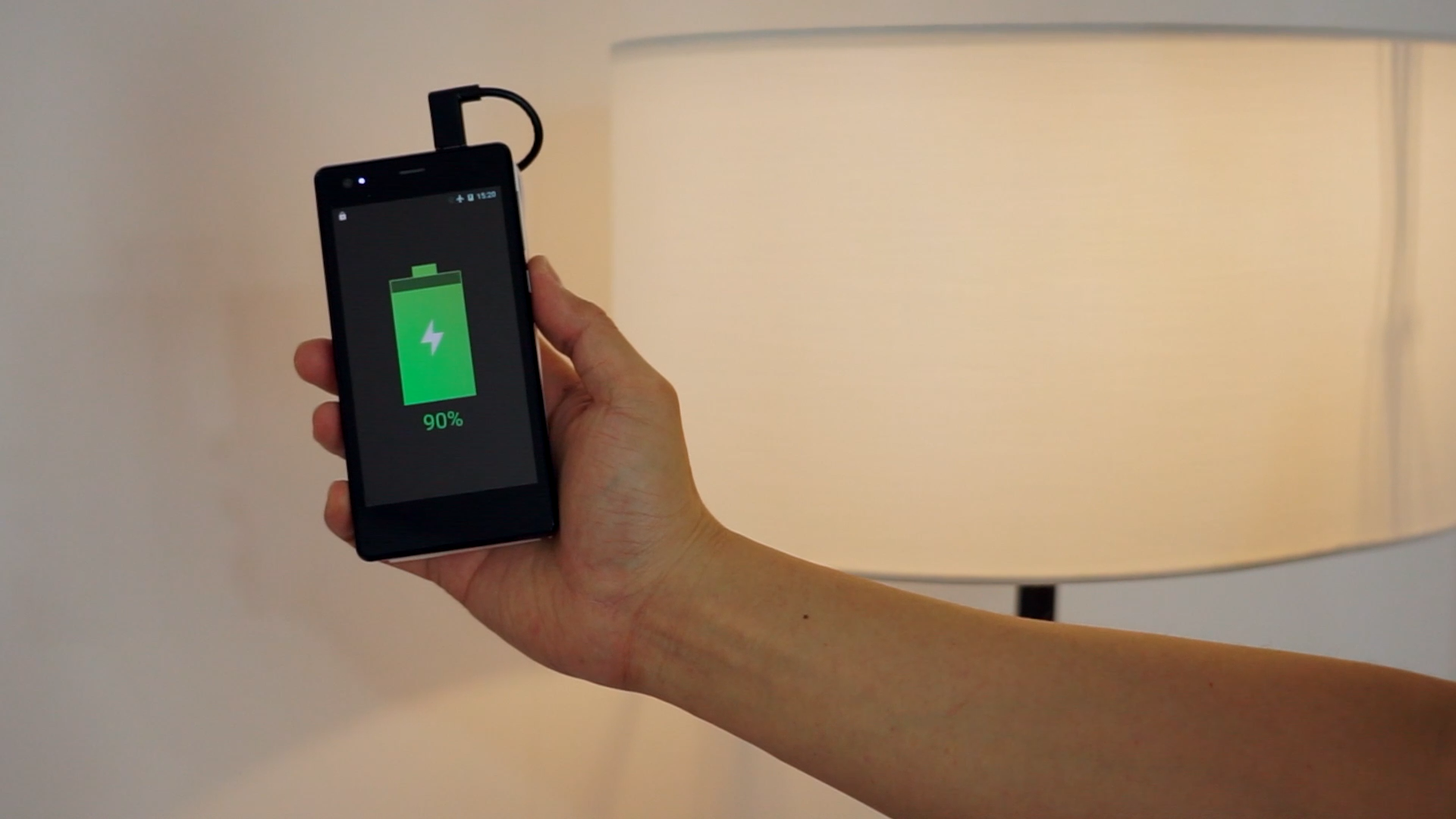
With ever-evolving technologies, what will our future society look like? And how would we want our own lives to change — or not to change — with the technologies?
The University of Tokyo will present a unique opportunity for everyone to delve into such questions while having fun experiencing some of its cutting-edge research at Science Agora, a major science communication event in Tokyo, from Nov. 16-17.
The theme of Science Agora this year is “Humans in the New Age — What kind of future will we live in?”
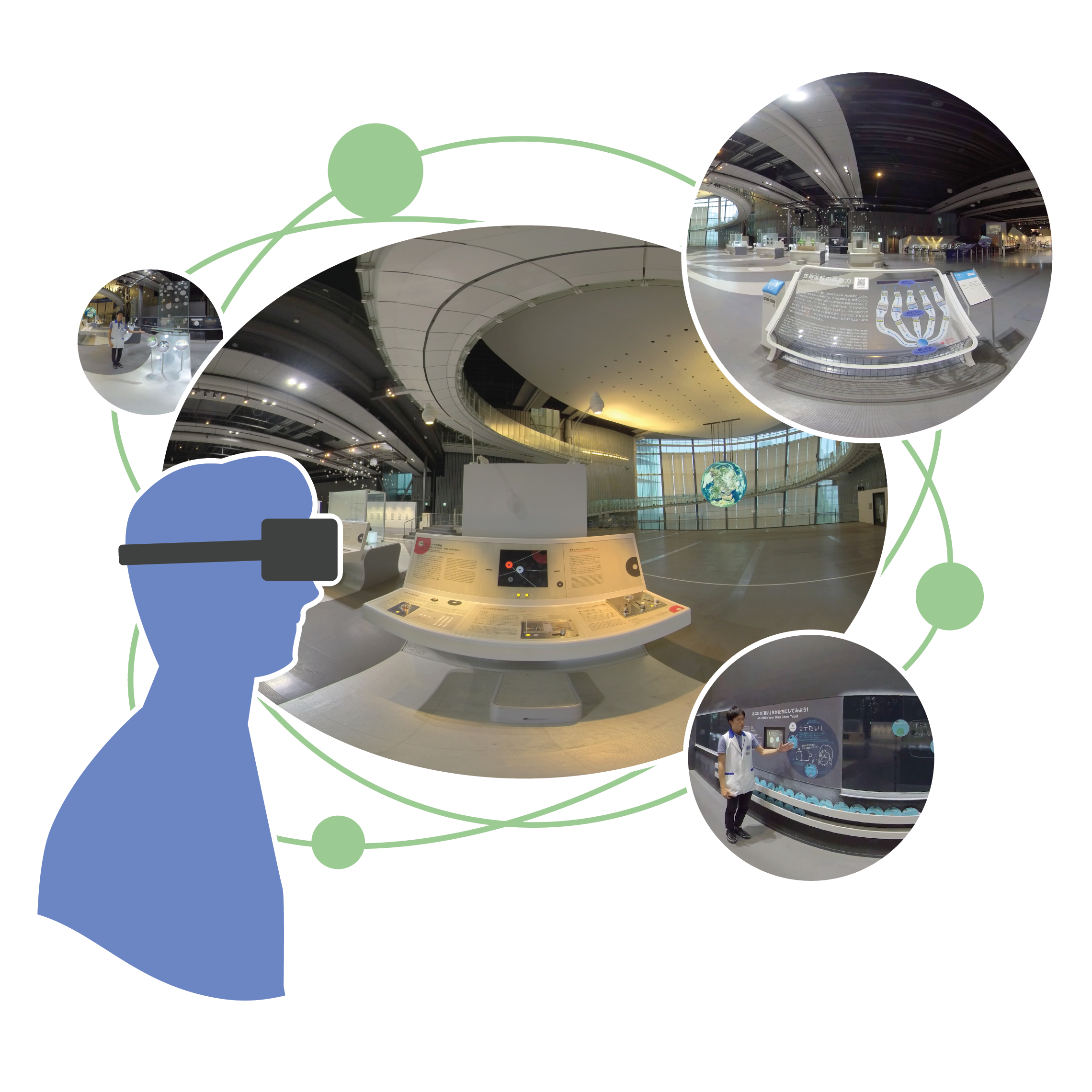
UTokyo will showcase various experiential exhibits, including one involving virtual reality, at Science Agora, a science communication event in Tokyo, from Nov. 16-17. © 2019 The University of Tokyo.
UTokyo’s Division for Strategic Public Relations will have an exhibition booth titled “The future of humans, humans of the future,” in collaboration with four labs, spanning the humanities and sciences.
Researchers at the Inami-Hiyama Lab (Information Somatics Lab) at the Research Center for Advanced Science and Technology are studying how to alleviate and control the physical, geographical and time constraints felt by people. They will demonstrate their virtual reality (VR) technology, in which visitors can experience, through head-mounted displays, a guided tour of an actual exhibit put on at a science museum, but which has since been taken down.
Visitors will also get a chance to manipulate a microscope that simulates the tactile senses of touching extremely small objects, such as cells of plant leaves, through sounds and vibrations.
The Kawahara Lab at the Graduate School of Engineering will show its wireless charging technologies with a doll house-scale model of a self-charging room. The lab’s work, when it becomes commercially available, would free people of the need to look for power outlets and other recharging tools when their electronic devices, such as smartphones and PCs, run out of charge.
Also from the Graduate School of Engineering, the Someya Lab studying wearable sensors will allow visitors to try on a “Xenoma” suit. By wearing the outfit, which fits snugly to the body like a diving suit, visitors will be able to project their body movements on an avatar displayed on a monitor. The technology is part of research to easily monitor the wearer’s biological data with the goal of bringing self-medical care closer to reality.
Tying all these separate exhibits together will be members of the University of Tokyo Center for Philosophy (UTCP), led by Professor Shinji Kajitani. Kajitani and fellow UTCP researchers will bring a philosophical perspective into the picture, giving visitors an opportunity to think about how they want to live with the science and technology of the future.
Visitors will be asked to write out on pieces of paper questions and possible answers related to the technologies on exhibit, and stick them like leaves around a tree illustrated on a panel.
“We hope to create a big tree with lots of leaves with visitors during the two-day exhibition,” Kajitani said.
Separately, information on UTCP’s research in the field of tojisha-kenkyu (self-support research), where people with disabilities talk about the difficulties they face and their search for solutions with nonexperts, will also be exhibited.
Science Agora will be held in Tokyo’s Odaiba district from Nov. 15-17. The free event features 140 programs including exhibition booths, workshops and other events.
On Nov. 15, the opening ceremony, a keynote speech and a keynote discussion session will be held at the science museum Miraikan. On Nov. 16 and 17, exhibitors will set up booths at the Tokyo Telecom Center. UTokyo researchers and staff will be at booth 518 on the 5th floor of the Tokyo Telecom Center on Nov. 16 and 17 from 10 a.m. until 4:30 p.m.
Separately from the Division for Strategic Public Relations, the Institute of Industrial Science will also have a booth on the same floor.
For more information, visit the Science Agora website at: https://www.jst.go.jp/sis/scienceagora/en/
